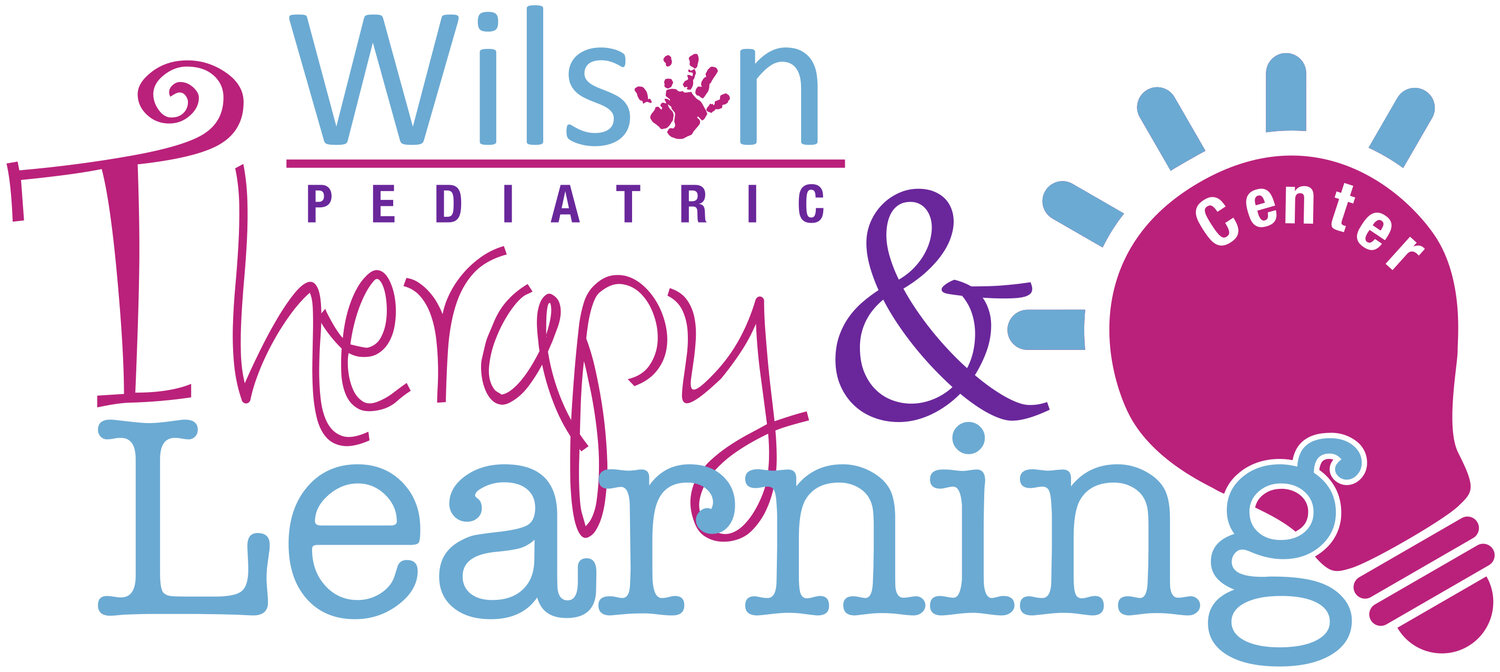When Words Fail: What is Augmentative & Alternative Communication (AAC)?
There has most likely been a time in your life when you were unable to verbally communicate your wants and needs effectively. You may have lost your voice from screaming at a sporting event (Go Cats!), or had a severe cold that caused your voice to be hoarse making it difficult to talk to others around you. In these instances, you had to get creative. You wrote on a marker board, used gestures to get your point across, or typed out your thoughts on a phone or computer. When we aren’t able to communicate effectively using our voice, it is natural and essential that we use other modes (alternative) of communication to help (augment).
Many of these “other modes” of communication are recognized as Augmentative and Alternative Communication (AAC) methods. As described by the American Speech-Language Hearing Association, AAC can be all the ways a person communicates other than talking. AAC can be unaided, (e.g., gestures, facial expressions, body language) or aided (e..g, switches that speak when activated, speech-generating tablets, picture boards etc.).
Who Uses AAC?
Everyone can use AAC! As mentioned above, we all have used AAC at some point in our life - you just didn’t know it had a name
A patient in the hospital who is intubated may need access to AAC to communicate pain levels or other important information to their care team
An adult who has had a stroke and now has difficulty moving and coordinating their articulators (lips, tongue, teeth, etc.) to form words the same way they used to
A grandparent with Parkinson’s Disease who is unable to make their voice loud enough to be heard by others
An autistic child who has difficulty using verbal communication (this could be for a variety of reasons, consult with your Speech-Language Pathologist for further information regarding Autism & AAC)
A toddler who has not yet started using verbal language to communicate.
One of the most common myths surrounding AAC is that the use of AAC will hinder verbal communication development in young children. Research actually shows that access to AAC can help support and build verbal communication skills as it teaches children the power of communication and can reduce communication-related frustration.
There is no prerequisite for communication. No child or adult must score a certain way on a test or have some kind of pre-existing condition to be allowed access to communication. All children and adults have the right to communicate and it is our job to work together to find a way to give them a voice!
-
American Speech-Language-Hearing Association. (n.d.). Augmentative and alternative communication (AAC). American Speech-Language-Hearing Association.
Drager, K. D. R., Light, J., & McNaughton, D. (2010). Effects of AAC interventions on communication and language for young children with complex communication needs. Journal of Pediatric Rehabilitation Medicine: An Interdisciplinary Approach, 3, 303–310.
Lüke, C. (2014). Impact of speech-generating devices on the language development of a child with childhood apraxia of speech: A case study. Disability and Rehabilitation: Assistive Technology, 11, 80–88.
Romski, M., Sevcik, R. A., Adamson, L. B., Cheslock, M., Smith, A., Barker, M., & Bakeman, R. (2010). Randomized comparison of augmented and nonaugmented language interventions for toddlers with developmental delays and their parents. Journal of Speech, Language, and Hearing Research, 53, 350–364.



